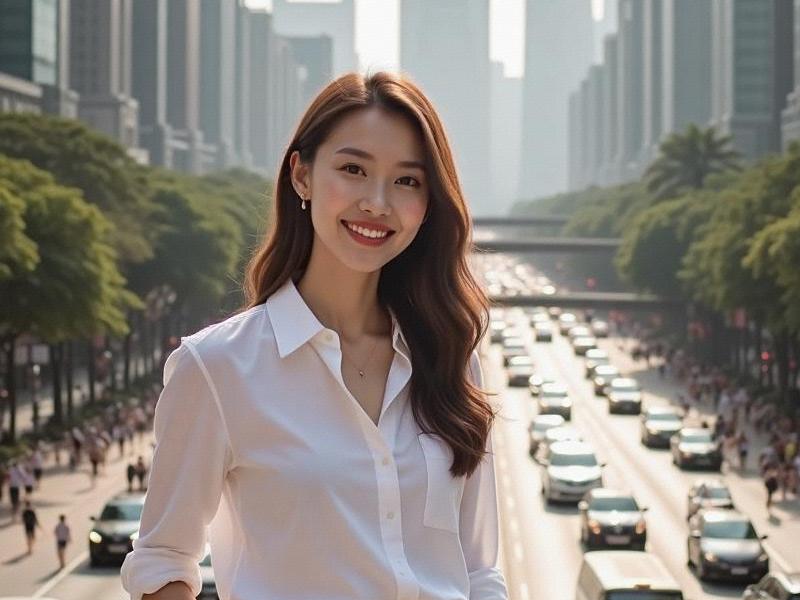The Shanghai Renaissance: How China's Global City Reinvented Its Cultural Soul in 2025
⏱ 2025-06-28 00:51 🔖 上海龙凤419
📢0℃

Section 1: The Digital Cultural Revolution
1. Heritage Preservation 2.0:
- AI-assisted restoration of 1,500 historical buildings
- Holographic recreations of 1930s Shanghai nightlife
- Blockchain-authenticated digital museum collections
- VR walking tours through different historical periods
2. Contemporary Cultural Production:
- West Bund's mixed reality art district
- NFT market for traditional Chinese artworks
- AI-assisted opera composition
- Digital silk road cultural exchange platform
Section 2: The Creative Economy Boom
1. Industry Growth:
- Creative sector contributes 18.7% to city GDP
- 42% year-on-year growth in cultural startups
上海龙凤419体验 - $3.2 billion in annual cultural exports
- 780+ international co-productions annually
2. New Creative Hubs:
- Pudong's Digital Art Valley
- Hongkou's Metaverse Content Cluster
- Xuhui's Heritage Innovation District
- Yangpu's Future Media Campus
Section 3: Urban Cultural Identity
1. Neighborhood Transformations:
- Tianzifang's augmented reality art galleries
- The Bund's smart cultural corridor
- Former French Concession's living history program
- Jing'an's 24-hour creative consumption zone
2. Cultural Consumption Trends:
上海贵族宝贝龙凤楼 - 68% residents regularly attend hybrid events
- Surge in "deep culture" experiences
- Growth of micro-performance spaces
- Rise of customized cultural itineraries
Case Studies
1. The Shanghai Grand Theater 2.0:
- AI-powered acoustic optimization
- Holographic opera productions
- Real-time multilingual subtitles
- Dynamic seating configurations
2. Long Museum's Digital Wing:
- Interactive calligraphy installations
- AI-curated art recommendations
- Virtual collector lounges
- Blockchain provenance tracking
爱上海419
3. M50 Art District Evolution:
- Augmented reality street art
- NFT galleries alongside traditional spaces
- Artist-in-residence programs with tech firms
- Community co-creation platforms
Expert Perspectives
Cultural strategist Dr. Lin Yifei notes: "Shanghai has achieved what few global cities manage - embracing technological disruption while strengthening rather than diluting its cultural essence. The 2025 model shows how digital tools can amplify rather than replace human creativity."
Statistical Appendix
- Cultural venues per capita: 1 per 15,000 residents
- Annual cultural events: 38,000+
- Creative workforce: 2.1 million
- Museum attendance: 58 million annually
- Cultural tourism growth: 42% since 2022
- Arts education participation: 73% of students
Shanghai Beauties: An Urban SafariKeywords: Shanghai, Urban Safari, Beauty, City Life, Cultural Heritage, Modern Architecture, Nightlife, Shopping, FoShanghai's Dual Identity: Preserving Heritage While Building the FutureThe Glittering Nightlife of Shanghai: Where East Meets West in Entertainment ExcellenceSilk & Silicon: The Dual Identity of Shanghai's Modern WomenThe Yangtze River Delta Megaregion: How Shanghai and Its Neighbors Are Redefining Urban Development in China《梧桐树下的城市密码:上海衡复风貌区百年叙事》霓虹灯影里的海派夜宴:上海娱乐会所的百年烟火与文化新生Neon Renaissance: How Shanghai's Elite Clubs Are Redefining NightlifeNeon Renaissance: How Shanghai's Elite Clubs Are Redefining Nightlife CultureThe Silicon Bund: How Shanghai Became China's Unexpected Tech Powerhouse

